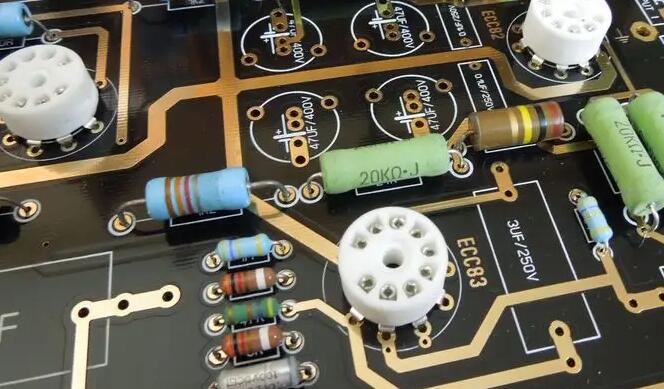Transistors, also known as semiconductor transistors or crystal transistors, are devices composed of three layers of impurity semiconductors with three electrodes. Transistors have various functions such as detection, rectification, amplification, switching, voltage stabilization, signal modulation, etc. They are composed of two PN structures and are divided into NPN (germanium NPN type transistor, silicon NPN type transistor) and PNP type (germanium PNP transistor, silicon PNP type transistor) according to polarity.

Transistors are classified into various types based on their functions and applications, including low-noise amplification transistors, medium to high-frequency amplification transistors, low-frequency amplification transistors, switching transistors, Darlington transistors, high backpressure transistors, band stop transistors, damping transistors, microwave transistors, photosensitive transistors, and magnetic crystal transistors. Transistors can be divided into silicon material transistors and germanium material transistors according to the semiconductor materials used. Transistors are divided into diffusion-type transistors, alloy-type transistors, and planar-type transistors according to their structure and manufacturing process.
Transistors are divided into low-power transistors, medium-power transistors, and high-power transistors based on their current capacity. Transistors are divided into low-frequency transistors, high-frequency transistors, and ultra-high-frequency transistors according to their operating frequency. Transistors are divided into metal encapsulated (referred to as gold sealed) transistors, plastic encapsulated (referred to as plastic sealed) transistors, glass shell encapsulated (referred to as glass sealed) transistors, surface encapsulated (chip shaped) transistors, and ceramic encapsulated transistors according to their packaging structure.
The role of transistors in circuit boards
1) Detection: Transistors can be used for detection, converting alternating current into direct current.
2) Rectification: Transistors can be used for rectification to convert sine waves into pulsating direct current.
3) Amplification: Transistors can be used to amplify signals, including audio, video, etc.
4) Switch: Transistors can be used to switch circuits and control the on/off of current.
5) Voltage stabilization: Transistors can be used for voltage stabilization, stabilizing the voltage at a specific value.
6) Signal modulation: Transistors can be used for signal modulation, loading signals onto carriers for long-distance transmission.
The impact of increased transistor density on circuit board performance
1. Area reduction, volume reduction
With the increase of transistor density, circuits with the same function can be completed in less area, which can significantly reduce the volume of integrated circuits. It can be seen that high-density transistors have a promoting effect on the development of miniaturized electronic products.
2. Power consumption reduction
In high-density integrated circuits, the significant reduction in transistor area directly leads to a decrease in power consumption. The higher the frequency of the circuit, the greater the power consumption. In high-density circuits, the smaller the transistor area, the higher the circuit frequency, and the lower the total power consumption. The use of this improved technology can effectively extend the battery life, greatly enhancing the practicality and portability of modern portable electronic devices.
3. Improved system stability
The increase in transistor density means that the same working logic can be executed on a smaller chip. Meanwhile, higher-density transistors use less current under the same conditions, resulting in higher circuit reliability. Therefore, increasing the density of transistors can achieve more stable long-term operation of the system.
In a circuit board, T generally represents the type of device or component. As a type code for electronic components, T represents the semiconductor transistor component. Therefore, when the letter T appears on the circuit board, it generally means that the component is a transistor.
A transistor is an electronic component manufactured using the electronic characteristics of some semiconductor materials. The transistors commonly used on circuit boards include diodes, and transistors (including thyristors, field-effect transistors, etc.).